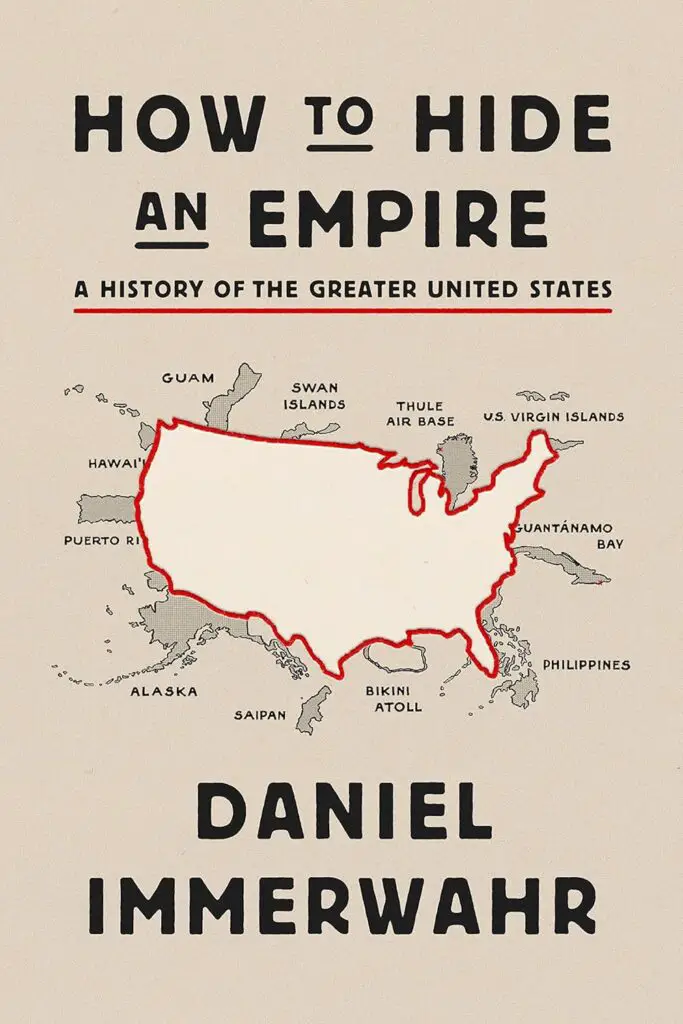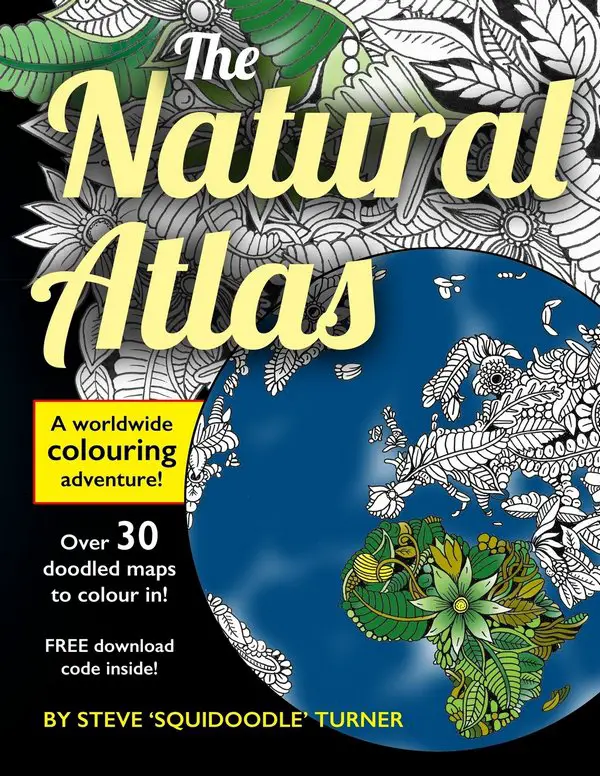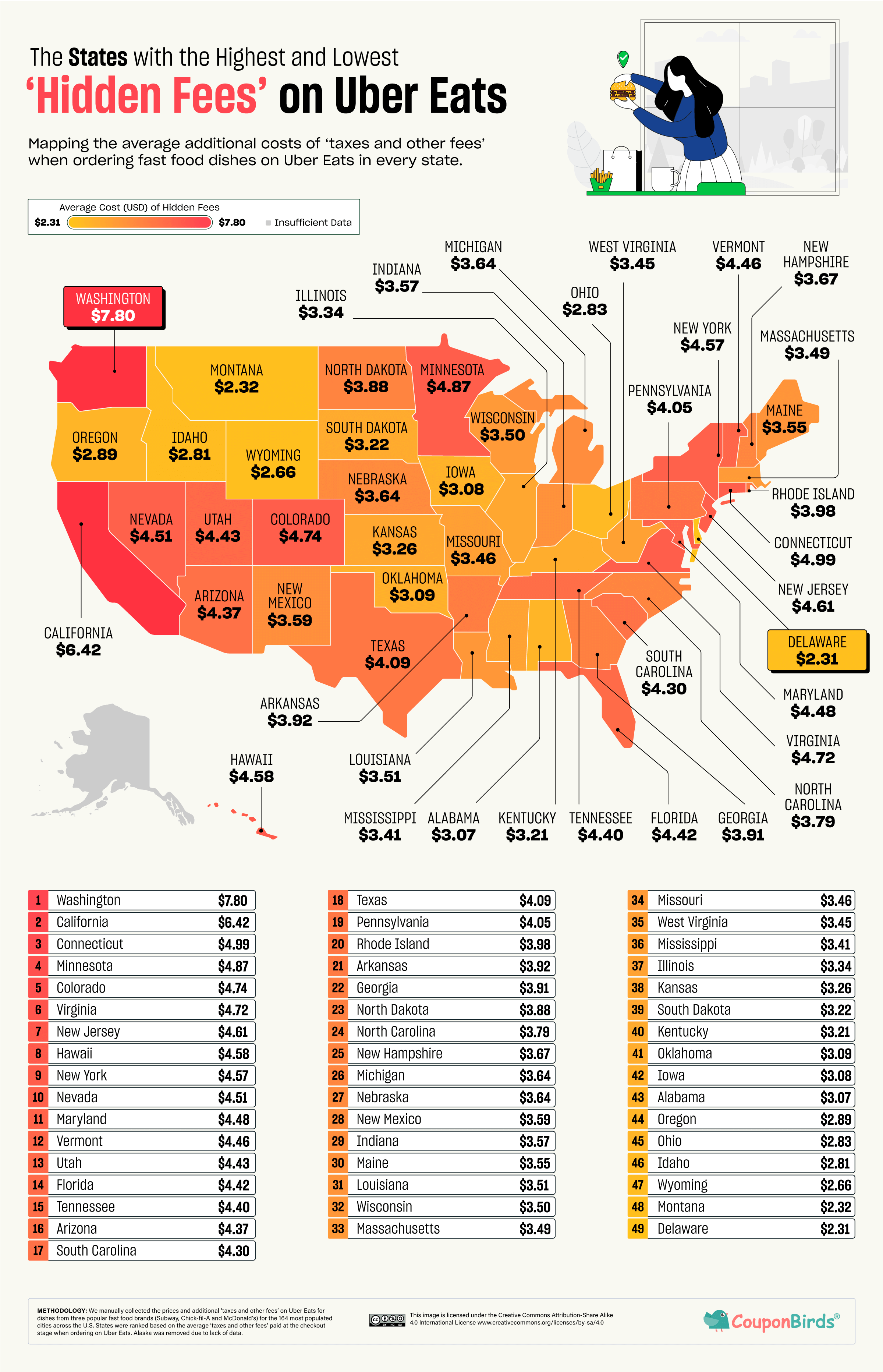Mapping the Greater United States: How Territories Shaped the Nation

The United States is more than just its 50 states. While most maps showcase the familiar continental outline, the nation also includes territories scattered across the globe. Daniel Immerwahr’s book, How to Hide an Empire: A History of the Greater United States, explores this hidden geography, shedding light on the lands that have shaped the country’s history, economy, and influence.
You can find the book on Amazon here.
The U.S. Territories That Remained
These territories continue to be part of the United States, each holding a unique position in the country’s political and cultural landscape. The history of these territories, from important military sites to lively islands, is both complicated and captivating.
| 1898 (Ceded by Spain after the Spanish-American War) | Size (sq miles) | Size (km²) | Population | Became U.S. Territory | Status Today |
|---|---|---|---|---|---|
| Alaska | 665,384 | 1,723,337 | 740,133 | 1867 (Purchased from Russia) | Became a state in 1959 |
| Hawaii | 10,931 | 28,313 | 1,441,553 | 1898 (Annexed from the Republic of Hawaii) | Became a state in 1959 |
| Puerto Rico | 5,325 | 13,792 | 3,285,874 | 1898 (Ceded by Spain after the Spanish-American War) | U.S. Territory |
| Guam | 210 | 540 | 168,801 | 1898 (Ceded by Spain) | U.S. Territory |
| U.S. Virgin Islands | 133.73 | 346.36 | 87,146 | 1917 (Purchased from Denmark) | U.S. Territory |
| Saipan (Northern Mariana Islands) | 45.94 | 118.98 | 43,385 | 1947 (United Nations Trust Territory) | U.S. Commonwealth |
| Guantanamo Bay (Naval Base) | 45 | 116 | 8,500 | 1903 (Leased from Cuba) | Under U.S. Control |
| Thule Air Base (now Pituffik Space Base) | — | — | 600 | 1951 (Agreement with Denmark) | U.S. Military Base |
| Swan Islands | 1.2 | 3.1 | 0 | 1863 (Claimed by the U.S.) | Administered by Honduras* |
| Bikini Atoll | 2.3 | 6 | 0 | 1947 (Under U.S. Administration) | Uninhabited |
*Note: The Swan Islands are a special case; although claimed by the U.S., they have been administered by Honduras since 1972.
Living in these U.S. territories isn’t quite the same as living in a state. For example, while Puerto Ricans are U.S. citizens, they cannot vote in presidential elections unless they relocate to a state. Guam and the U.S. Virgin Islands also enjoy limited representation in Congress, reflecting the unique status of these regions.
Territories That Became Independent
Not all U.S. territories stayed under American control. Some, like the Philippines and Palau, sought independence through decolonization and shifting political tides. Even though they eventually broke away, many of these former territories maintained strong ties with the U.S.
| Country/Territory | Size (sq miles) | Size (km²) | Population | Became U.S. Territory | Gained Independence |
|---|---|---|---|---|---|
| Philippines | 115,831 | 300,000 | 114,163,719 | 1898 (Ceded by Spain after Spanish-American War) | 1946 (Independence granted by U.S.) |
| Palau | 177 | 459 | 18,024 | 1947 (UN Trust Territory) | 1994 |
| Micronesia | 271 | 702 | 113,131 | 1947 (UN Trust Territory) | 1986 |
| Marshall Islands | 181 | 470 | 42,050 | 1947 (UN Trust Territory) | 1986 |
| Samoa (Western Samoa) | 1,097 | 2,842 | 227,000 | 1899 (Partitioned from German Samoa) | 1962 |
Political Status & Entry Rules
For the territories that remain part of the U.S., travel rules are fairly straightforward for citizens—they can move freely between states and territories. However, for foreign nationals, entry rules vary. For instance, traveling to Puerto Rico or Guam requires adherence to U.S. visa policies. In contrast, former U.S. territories like the Philippines now follow their own visa regulations, although historical ties sometimes result in special arrangements.
Debates Over Independence
The question of political status remains a hot topic in some areas. Puerto Rico, for instance, has seen multiple referendums where residents expressed mixed feelings about statehood versus maintaining territorial status or even pursuing independence. Similarly, in Guam, there are voices advocating for greater self-determination or closer ties with the U.S., while American Samoa continues to stir debates about citizenship and political rights.
What Remains of Former U.S. Territories?
Even after achieving independence, many former U.S. territories continue to share deep political, economic, and cultural connections with the United States. The Philippines, for example, still has long-standing military and economic agreements with the U.S., and its citizens often benefit from special immigration pathways compared to those from other nations.
Daniel Immerwahr’s How to Hide an Empire takes a deep look into these issues, challenging our traditional view of the U.S. map and revealing a broader, more complex history.
What are your thoughts on the United States’ territorial history? Have you visited any of these places? Let’s discuss this in the comments!








